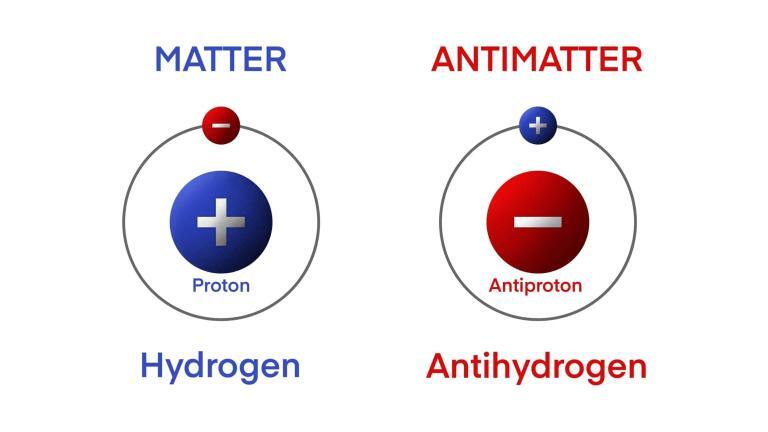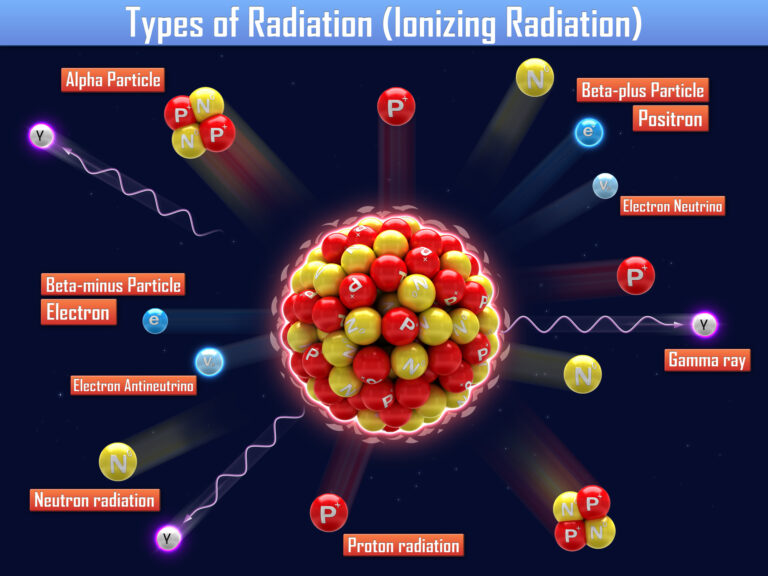Positron
Positrons, the antiparticles of electrons, represent a fascinating aspect of particle physics and the quantum world. Carl Anderson discovered in 1932 that positrons are positively charged particles with the same mass and magnitude of charge as electrons but with an opposite charge. This discovery was groundbreaking as it provided experimental validation for Paul Dirac’s earlier theoretical prediction of antimatter, a revolutionary concept at the time.
The existence of positrons raises interesting questions about the nature of matter and antimatter in the universe. When a positron encounters an electron, the two particles annihilate, producing gamma-ray photons. This annihilation property has practical applications, most notably in Positron Emission Tomography (PET) scans, a medical imaging technique used to identify metabolic processes in the body.
Positrons also play a significant role in astrophysics and cosmology. They are produced in various astrophysical phenomena, including during the explosion of supernovae, and their presence can be detected by observing the gamma-ray radiation resulting from positron-electron annihilation. The distribution and behaviour of positrons in the cosmos can provide valuable insights into the properties of astrophysical objects and the overall dynamics of the universe.
In theoretical physics, the concept of positrons and antimatter has been crucial in the development of quantum field theory and the Standard Model. These models help to describe the fundamental particles and forces that govern the universe. The symmetry between matter and antimatter, known as CPT symmetry (charge, parity, and time reversal), is a foundational principle in these theories. However, the apparent disparity between matter and antimatter in the observable universe remains one of the biggest mysteries in physics. Even though the expected symmetry, why our universe is dominated by matter is a question that continues to puzzle scientists.
On a more speculative note, the properties of positrons and antimatter have also fueled imagination in science fiction. Concepts like antimatter propulsion and antimatter as a potential energy source have been explored in various works of fiction, highlighting these particles’ intriguing possibilities.
In conclusion, positrons represent a fascinating element of the quantum world, with implications that stretch across various fields of physics. From their role in medical imaging to their presence in cosmic phenomena and their influence on theoretical physics, positrons continue to be a subject of intensive study and interest. The ongoing quest to understand the properties of positrons and antimatter and to unravel the mysteries surrounding the matter-antimatter asymmetry exemplifies the relentless pursuit of knowledge that drives the field of physics. As we continue to explore the universe and delve deeper into the quantum realm, positrons will undoubtedly play a crucial role in enhancing our understanding of the fundamental workings of reality.
You are here:
home » positron



